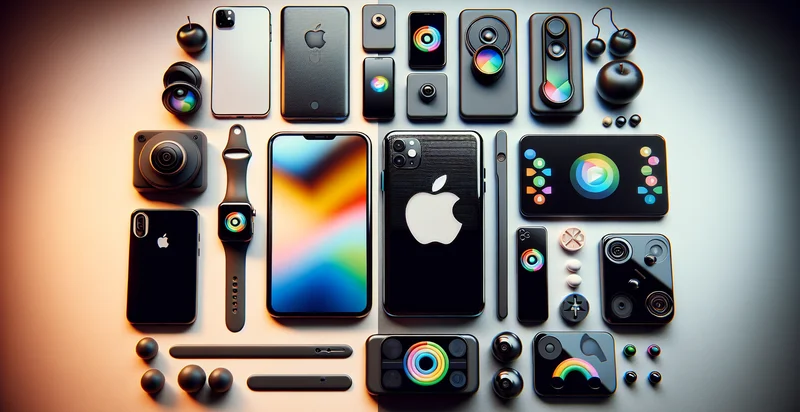Identify apple vs google devices
using AI
Below is a free classifier to identify apple vs google devices. Just upload your image, and our AI will predict if the device is an Apple or a Google product - in just seconds.

Contact us for API access
Or, use Nyckel to build highly-accurate custom classifiers in just minutes. No PhD required.
Get started
import nyckel
credentials = nyckel.Credentials("YOUR_CLIENT_ID", "YOUR_CLIENT_SECRET")
nyckel.invoke("apple-vs-google-devices", "your_image_url", credentials)
fetch('https://www.nyckel.com/v1/functions/apple-vs-google-devices/invoke', {
method: 'POST',
headers: {
'Authorization': 'Bearer ' + 'YOUR_BEARER_TOKEN',
'Content-Type': 'application/json',
},
body: JSON.stringify(
{"data": "your_image_url"}
)
})
.then(response => response.json())
.then(data => console.log(data));
curl -X POST \
-H "Content-Type: application/json" \
-H "Authorization: Bearer YOUR_BEARER_TOKEN" \
-d '{"data": "your_image_url"}' \
https://www.nyckel.com/v1/functions/apple-vs-google-devices/invoke
How this classifier works
To start, upload your image. Our AI tool will then predict if the device is an Apple or a Google product.
This pretrained image model uses a Nyckel-created dataset and has 2 labels, including Apple Devices and Google Devices.
We'll also show a confidence score (the higher the number, the more confident the AI model is around if the device is an Apple or a Google product).
Whether you're just curious or building apple vs google devices detection into your application, we hope our classifier proves helpful.
Related Classifiers
Need to identify apple vs google devices at scale?
Get API or Zapier access to this classifier for free. It's perfect for:
- Device Market Analysis: Companies can leverage the apple vs google devices identifier to conduct in-depth market analysis. By determining the distribution of Apple and Google devices in specific regions, businesses can tailor their marketing strategies and inventory management effectively.
- User Behavior Research: Researchers can use the identifier to study user behavior based on device types. Understanding how Apple and Google device users interact with applications can help developers create more targeted and user-friendly experiences.
- Advertising Optimization: Advertisers can refine their ad targeting strategies by integrating the identifier into their campaigns. This will enable them to deliver tailored advertisements based on the user's device type, improving conversion rates and return on investment.
- IT Asset Management: Organizations can implement the device identifier in their IT management systems to track and manage company-owned devices accurately. This can assist in ensuring compatibility with software and applications required for business operations.
- Customer Support Enhancement: Support teams can utilize the identifier to quickly determine the device type of a customer reaching out for assistance. By knowing whether the user is on an Apple or Google device, support can provide more focused troubleshooting and faster resolution times.
- E-commerce Personalization: E-commerce platforms can use the device identifier to enhance the shopping experience. By recognizing the user's device, platforms can optimize content display and recommend compatible products, increasing customer satisfaction and potentially boosting sales.
- Security Protocols: Companies can implement the identifier as part of their security frameworks to ensure that only appropriate devices access sensitive information. By tracking device types, organizations can enforce specific security measures and policies tailored to the risks associated with Apple and Google devices.


